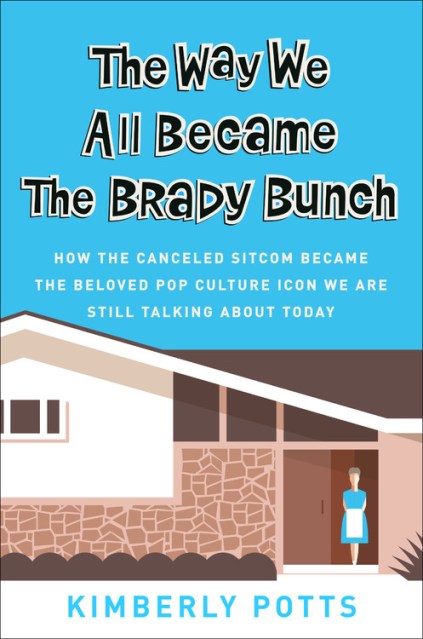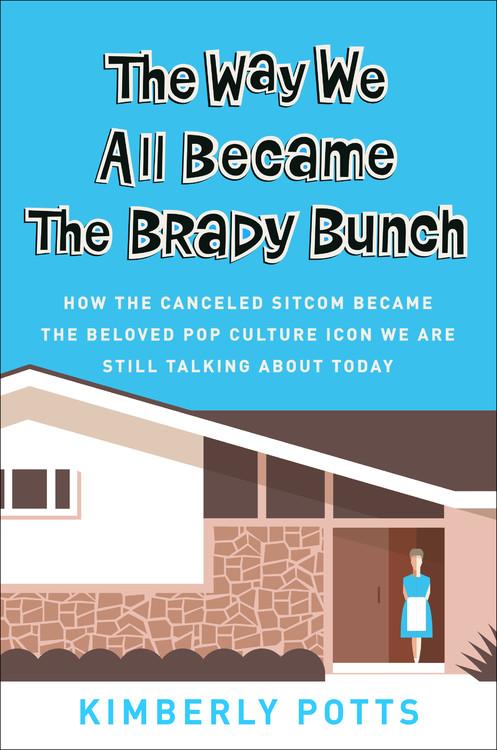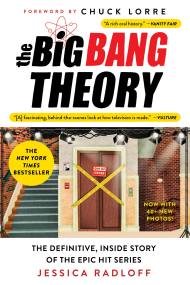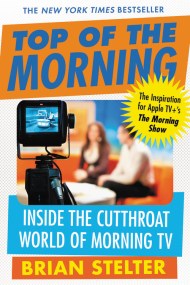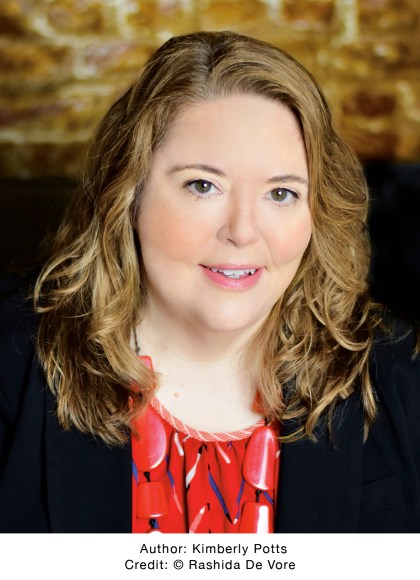Promotion
Use code MOM24 for 20% off site wide + free shipping over $45
The Way We All Became The Brady Bunch
How the Canceled Sitcom Became the Beloved Pop Culture Icon We Are Still Talking About Today
Contributors
Formats and Prices
Price
$28.00Price
$35.00 CADFormat
Format:
- Hardcover $28.00 $35.00 CAD
- ebook $14.99 $19.99 CAD
- Audiobook Download (Unabridged)
This item is a preorder. Your payment method will be charged immediately, and the product is expected to ship on or around December 3, 2019. This date is subject to change due to shipping delays beyond our control.
Also available from:
In celebration of the Brady Bunch’s 50th anniversary, TV writer Kimberly Potts writes a Seinfeldia-like definitive history of the show that changed the family sitcom and made an indelible impact on pop culture.
There isn’t a person in this country who hasn’t heard of The Brady Bunch. Whether it’s the show they watched growing up, or the one their parents did–whether adored, or great to poke fun at–The Brady Bunch is unarguably one of the most enduring and inspiring TV shows of our time. It’s lived a dozen lives, from its original comedy debut and big-screen movies, to the Emmy-winning TV auteurs it has inspired–everyone from Vince Gilligan to Jill Soloway–and promises to live many more.
In The Way We All Became the Brady Bunch, TV and pop culture writer Kimberly Potts will draw upon her deep knowledge of and appreciation for The Brady Bunch and television and pop culture history, as well as her contacts, connections, and experience, to provide an industry insider narrative of The Brady Bunch. With fresh interviews, The Way We All Became the Brady Bunch will examine the show’s lasting effects on its audience and take readers behind-the-scenes and into the lives of our most beloved characters, all to document why The Brady Bunch was one of the most groundbreaking shows of its time–and why it remains to this day, unforgettable.
There isn’t a person in this country who hasn’t heard of The Brady Bunch. Whether it’s the show they watched growing up, or the one their parents did–whether adored, or great to poke fun at–The Brady Bunch is unarguably one of the most enduring and inspiring TV shows of our time. It’s lived a dozen lives, from its original comedy debut and big-screen movies, to the Emmy-winning TV auteurs it has inspired–everyone from Vince Gilligan to Jill Soloway–and promises to live many more.
In The Way We All Became the Brady Bunch, TV and pop culture writer Kimberly Potts will draw upon her deep knowledge of and appreciation for The Brady Bunch and television and pop culture history, as well as her contacts, connections, and experience, to provide an industry insider narrative of The Brady Bunch. With fresh interviews, The Way We All Became the Brady Bunch will examine the show’s lasting effects on its audience and take readers behind-the-scenes and into the lives of our most beloved characters, all to document why The Brady Bunch was one of the most groundbreaking shows of its time–and why it remains to this day, unforgettable.
Genre:
- On Sale
- Dec 3, 2019
- Page Count
- 288 pages
- Publisher
- Grand Central Publishing
- ISBN-13
- 9781538716618
Newsletter Signup
By clicking ‘Sign Up,’ I acknowledge that I have read and agree to Hachette Book Group’s Privacy Policy and Terms of Use
